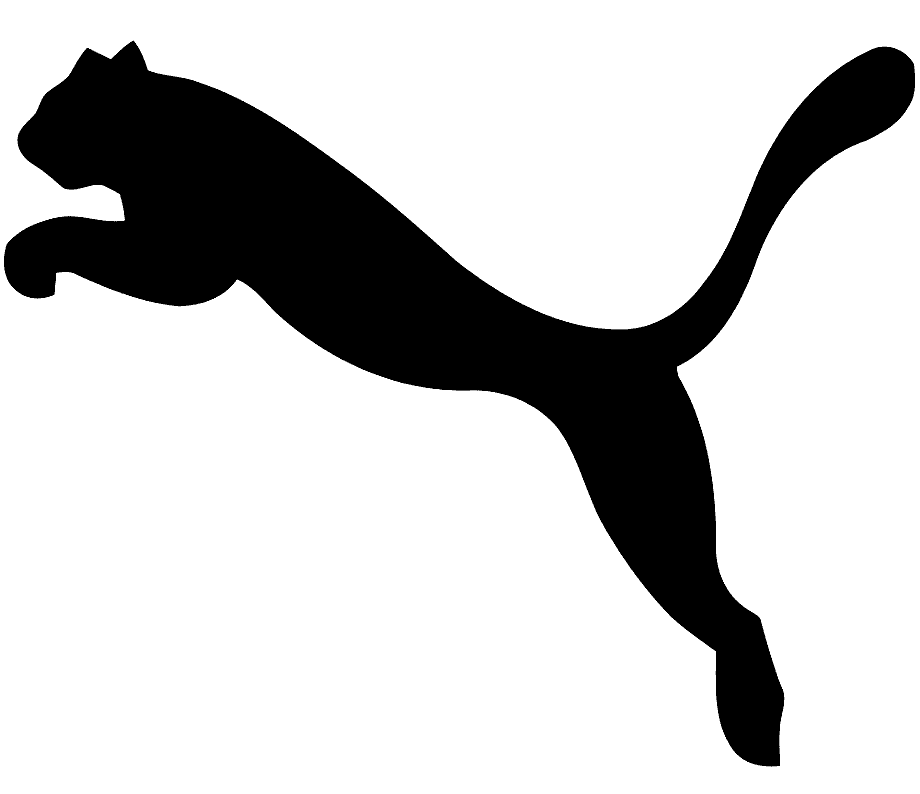With the top and bottom six in the Clydesdale Bank Premier League set to be confirmed this weekend, we answer a few common questions on how the SPL split operates...
What's the background to the split?
During the first phase of the season all clubs play each other three times for a total of 33 games, meaning they will have played 16 matches at home and 17 away, or vice versa.
The split then kicks in and clubs have another five matches against opponents in their half of the table for a total of 38 games over the campaign.
When was the current system introduced?
The split was first introduced in 2000/01 when the league was increased from 10 to 12 clubs.
Why have the split at all?
The primary reason is to increase competition within the league and reduce the number of meaningless mid-table clashes. The make up of the top six has often remained in the balance until the 33rd round of fixtures.
It also means clubs going for the championship or Europe, and those attempting to retain their SPL status, face the same opponents in the run-in, which ensures a sense of balance and fairness.
Also, in a 12-team league there are issues with fixturing - a total of 33 games would be imbalanced and is too few games while if clubs played each other four times the total would be 44 games, which is too many. The split, therefore, provides a solution.
How are the fixtures worked out?
The main factor is to try to ensure that clubs finish the season having played 19 home games and 19 away games.
There is a chance of one club playing 18 at home and 20 away or vice versa. That was something all clubs were aware of prior to introducing the system.
Since its introduction, the system has produced 18 home matches during a single season for Aberdeen, Inverness CT, Livingston, Kilmarnock and Gretna. Aberdeen (twice), Falkirk, Inverness CT and St Johnstone have had 20 home matches.
It is possible that some clubs may have three home games and one away match, or the other way around, against a certain opponent but such instances will be rare.
Can clubs move between sections once the split is in place?
Again, no. Clubs cannot move outside their half of the table after the split although it is possible for a club finishing in, say, seventh place to end up with more points than a team in the top half.
What are the post-split dates for 2009/10?
Fixture rounds 34-38 are scheduled to be played on April 17, 24 & May 1, 5, 8/9.
Which clubs have had most top-six finishes since the split was introduced?
9 - Celtic, Rangers
8 - Hearts
6 - Aberdeen, Hibernian
4 - Kilmarnock
3 - Dundee United, Dunfermline, Motherwell
2 - Dundee
1 - Livingston
Latest News

Friday 9th April 2010
Guide to the split
With the top and bottom six in the Clydesdale Bank Premier League set to be confirmed this weekend, we answer a few common questions on how the SPL split operates




.png)












